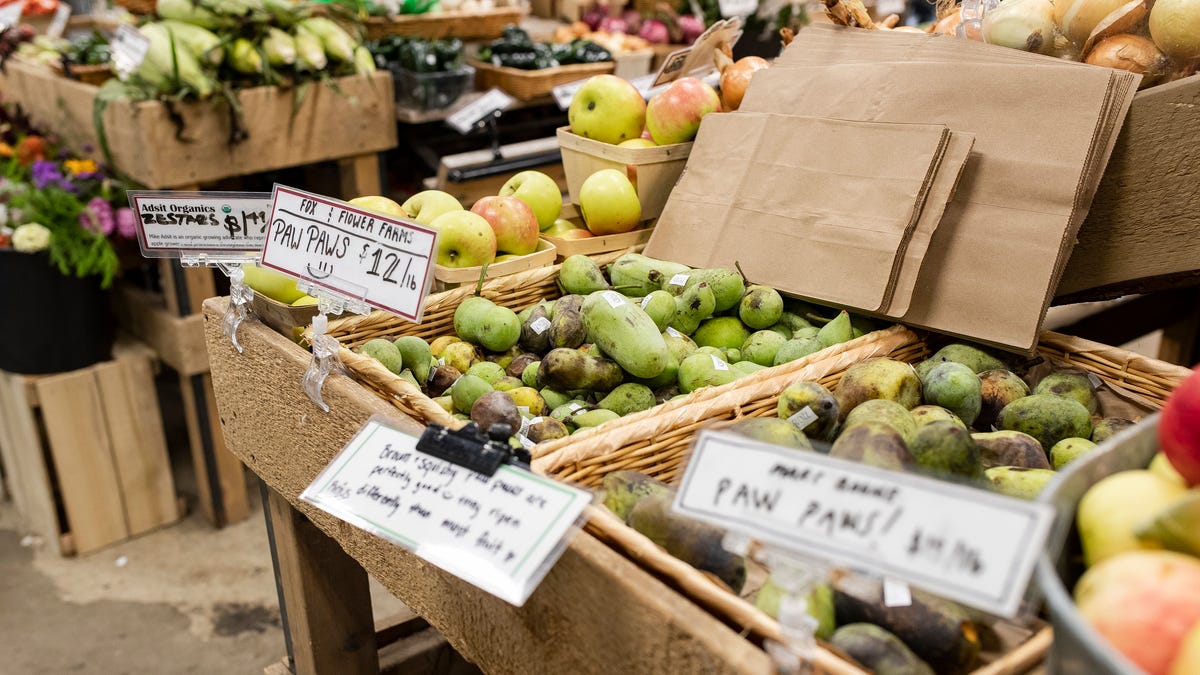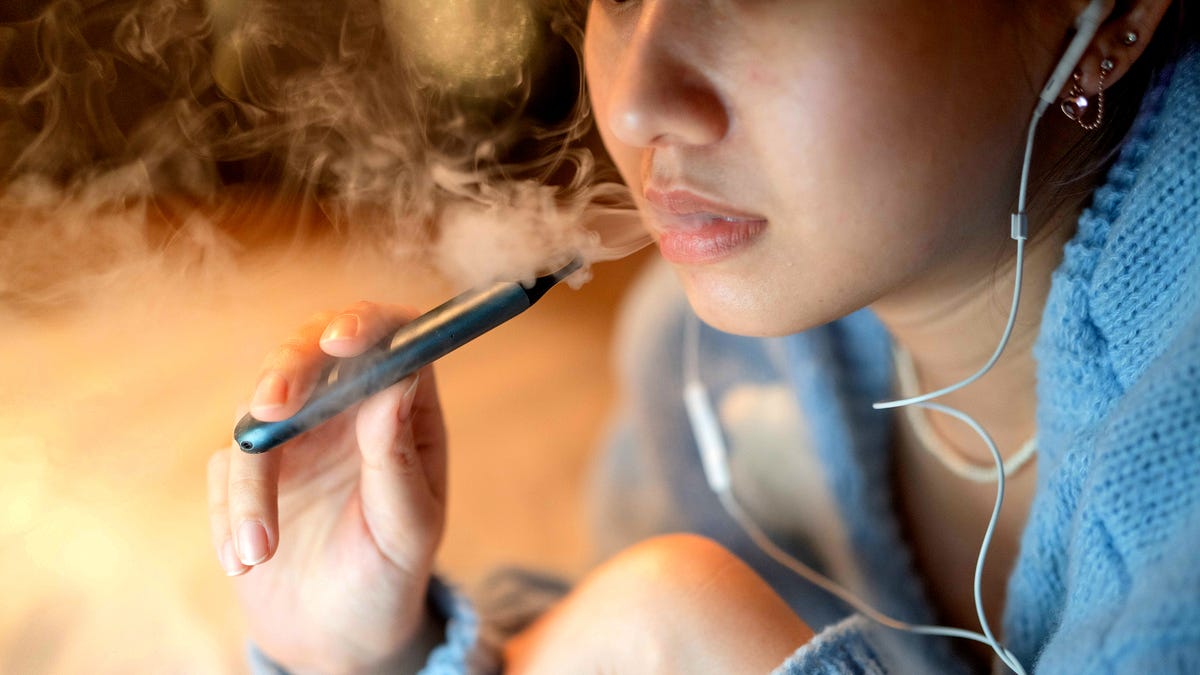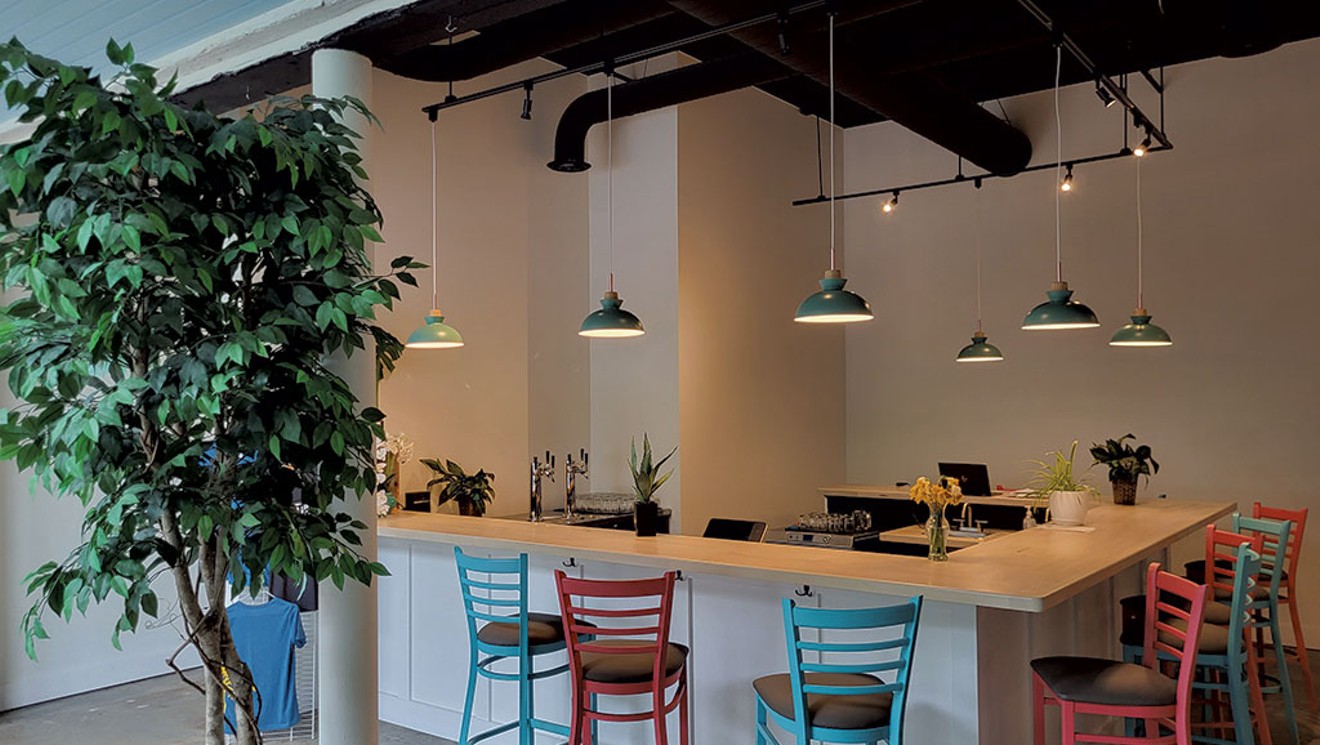During your next trip for groceries at the local farmer’s market, stop to read where most of your produce comes from. You’ll find that diet staples like asparagus and mint are native to Michigan.
The Mitten State is a top producer in many of the following crops but some native plants are just being revived through small, local initiatives. Wild rice was once found in abundance along the shores of Lake Michigan and the state’s indigenous tribes are working to conserve and maintain what is left of Michigan’s wild rice fields.
More recently, hop farms grew in popularity in the early 2000s as farmers began to utilize the vines’ buds for flavoring alcohol during the distilling process, and wild purple flowers found in Michigan fields are the perfect addition to salads.
More: Michigan farmers enjoy state’s diverse agriculture
Wild rice
The Native American Anishinaabe Tribe called Michigan home before the Great Migration and sustained itself on the widely popular grain manoomin, or wild rice. The crop grew in abundance along the shores of Lake Superior, land now claimed by the Council of Three Fires, representing the Chippewa, Odawa, and Potawatomi.
In 2017, Michigan’s 12 federally recognized tribes worked with state officials to begin the Wild Rice Initiative — a 30-year plan to conserve the state’s wild rice fields and maintain their historical, and cultural importance.
Wild rice production decreased dramatically since the 1900s after the destruction of thousands of acres of wetlands to support farms, settlements, mining, and lodging.
Michigan apples: The harvest is expected to be a sweet bushel buster
Pawpaws
Filled with a sweet, creamy custard akin to the flavor of a banana or mango, pawpaws are native to Michigan and 25 other Midwestern states.
Michigan’s Village of Paw Paw, located halfway between Detroit and Chicago, according to its website, was named after the nearby river, which was named after the pawpaw fruit by the Indigenous population.
More: Fall is pawpaw season in Michigan: What to know about native fruit
On his farm in Ann Arbor, Marc Boone has an orchard of nearly 300 pawpaw trees.
When in season, and noting the three-day shelf life, Boone’s pawpaws can be found at Argus Farm Stop locations in Ann Arbor and the Agricole Farm Stop in Chelsea.
Michigan also has maple syrup: Haigh’s Maple Syrup farm in Bellevue has been producing for 45 years
Hops
Ever wonder what’s responsible for giving beer its bitterness and strong aroma? The secret is a small budding plant called hop, a plant of which Michigan was once a top producer.
Michigan’s hop production dropped from 720 acres harvested in 2017 to 380 acres in 2022 and 2023, according to the latest report from Hop Growers of America. Today, seven hop farms remain in operation across the state located across central and southern Michigan.
Rewind: Michigan grows to No. 1 in hops production outside Pacific Northwest
Cranberries
If you find yourself indulging in an Ocean Spray cranberry product, you’re likely enjoying the product of South Haven’s DeGrandchamp Farms.
Founded in 1958, DeGrandchamp’s family-owned farm has nearly 40 acres of cranberries and is the feature component in national favorites Ocean Spray and Naturipe. According to the Michigan Ag Council, the state has nearly 280 acres of cranberries in season from September to November.
The Michigan Cranberry Co., founded in 1991, is located in Cheboygan and harvests more than 3 million pounds of cranberries on more than 200 total acres. They account for three-fourths of the state’s cranberry production, making it the largest cranberry farm in the state.
Travel: Take a trip to Wisconsin’s cranberry marshes
Asparagus
During the early summer months, Michigan asparagus farmers produce about 20 million pounds of asparagus, according to the Michigan Asparagus Advisory Board, making Michigan the second-largest producer in the country.
The long green vegetable rich in vitamins K and B contains cancer-fighting antioxidants and takes nearly three years to grow. Across the state, there are 10,000 acres dedicated to asparagus.
Asparagus enthusiasts should take a trip to Oceana County’s Hart for the 50th anniversary of the National Asparagus Festival. Celebrated the second week of June since 1974, event activities include the crowing of an Asparagus Queen, parade, arts and crafts show, and 5K run.
Wild flowers and mushrooms
Have you ever seen a plant so beautiful and delicate you just need to taste it? Well, if you’re on a hike in Michigan and looking in the right places, there’s an array of wild edible flowers and mushrooms to be found.
Located in shaded areas with moist soil in early summer, wild violet tastes best when the plant features five petals in a butterfly shape. The leaves taste like lettuce or sweet peas, making them great additions to a salad, with the flowers holding a sweet, floral taste.
Michigan has about nine edible mushrooms, according to the Michigan United Conservation Club, located in nearly every region of the state. On trees throughout the state, one can find Bear’s Head Tooth, which takes after the appearance of furry, white mold; and Hen of the Woods, which looks like a giant acorn.
Other edible mushrooms include the King Bolete and Golden Chanterelle, both found along the shores of northern Michigan and the Upper Peninsula. For those planning mushroom hunting, review Michigan’s 50 poisonous mushroom species.
Michigan morel mushroom season: Where to pick, what to know
Cactus
Eastern prickly pear, the cactus native to Lake Michigan’s shoreline, is spreading, with ecologists reporting the plant growing across the U.P.
For Subscribers: Michigan Tech student discovers cactus plant in mountains of Michigan’s Upper Peninsula
Michigan’s second native cactus, the fragile prickly pear, blooms a large yellow flower and faces extinction across the state, according to reports by Michigan State University.
Mint
Clinton County’s Crosby Mint Farm is the oldest operating mint farm in the country with roots dating to 1912.
By the turn of the century, 90% of the world’s supply of mint oil came from the 90-mile radius around Kalamazoo, according to Michigan State University.
After facing near foreclosure in 2006, the Crosby Mint Farm expanded to 6 acres in Tucson, Arizona, expanding into Arizona’s farmer’s markets. The farm is known for its spearmint and peppermint oils and an array of distilled oil products.
Sugar
More than 1 billion pounds of sugar is produced across Michigan’s nearly 900 sugar beet farms. The sugar beet is a root crop, which is sliced and processed down into sugar cane and molasses.
All of the state’s sugar beet growers send their yield to Michigan Sugar, the state’s only sugar producer and the third largest in the country. Michigan Sugar harvests 160,000 acres of sugar beets each year, amounting to nearly 1.2 billion pounds of processed sugar.
More: Residents upset about odor lose decision against Michigan Sugar
Blueberries
More than 500 family farms across the state of Michigan harvest more than 20,000 acres of blueberry fields each year, making Michigan one of the largest blueberry-producing states.
Lawsuit against Michigan blueberry farm alleges labor trafficking violations
While many Michigan blueberry farms are responsible for high-yield production, some maintain the tradition of self-picking during the berry’s ripening season from July to September. U-Pick farms can be found from Grand Haven to Detroit to Ann Arbor, find a full list here.


































